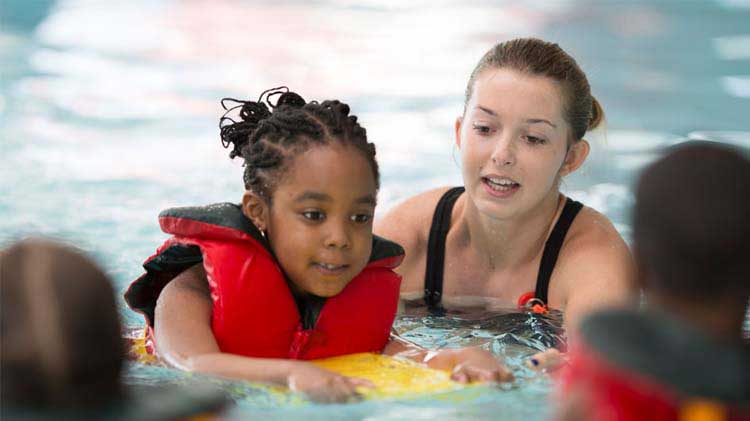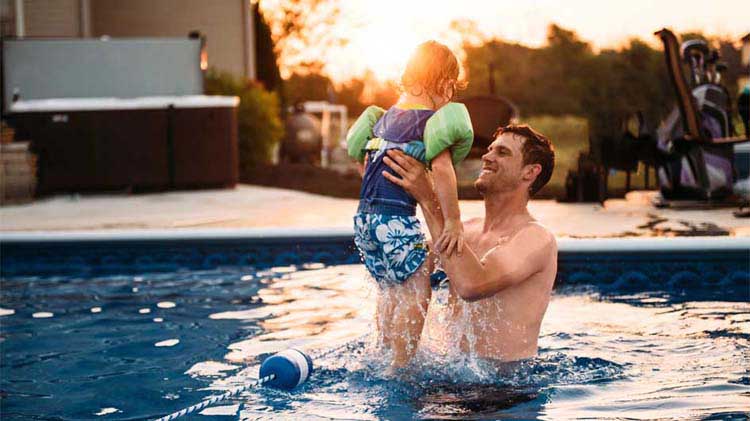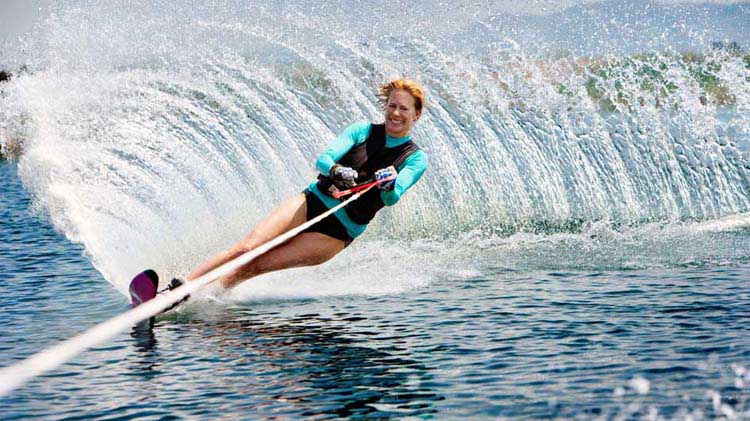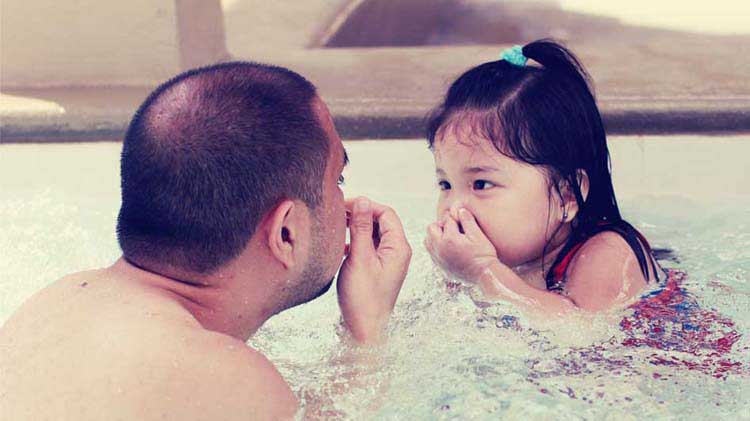How to recognize drowning signs
What does drowning look like? It may not be what you expect.
Approximately eleven people die from accidental drowning each day in the United States. And it is the second-leading cause of accidental death in children ages 14 and under. Ensure you, your family and your babysitters are prepared for emergencies and can recognize drowning signs so you can help keep your loved ones safe.
Myths of drowning
Drowning looks different than most people think. You may not hear someone calling for help. In fact, it's more typical that a drowning victim is quiet — if you can't breathe, you can't speak.
Contrary to popular belief, drowning people don't go underwater and stay there. Instead, drowning victims sink and then may bob up, typically without enough time to breathe or call for help. In fact, sometimes the struggle is very short — it can happen in just seconds — making quick help essential.
It's also a myth that someone who is drowning waves his or her arms frantically. If you are drowning, your body is focused on helping you survive, so voluntary arm movements are difficult, if not impossible. In most cases, drowning people are vertical, not horizontal, and they try to use their arms to press on the water, which may help give them a boost in the water to get a full breath. They may also be unable to swim or grab any rescue equipment and may try to float on their backs.
Everyone in water distress reacts differently. Most do not indicate they need help by yelling and gesturing wildly, in fact, in the vast majority of cases, people are unusually quiet, often appearing to be relaxed, floating or treading water.
Signs of drowning
Signs of drowning are not what usually comes to mind, or what's often shown on TV or in the movies. Be on the lookout for these warning signs of drowning:
- The person is quiet — this is particularly the case with children
- They are hyperventilating or gasping
- They remain upright in the water, not using their legs
- Their eyes are glassy, unable to focus or closed
- Their hair might be covering their forehead or eyes
- Their head is low in the water, and may be tilted back with the mouth open
- They don't seem in distress — they may look blank, or can't answer whether they're alright
- They're trying to roll over on their back, unsuccessfully
- They appear to be climbing an invisible ladder
- They're trying to swim in a particular direction, but making no forward progress
Be extra tuned in when things get quiet — especially around children. Since drowning can happen quickly and silently, it is important to closely supervise children in or near the water at all times.




